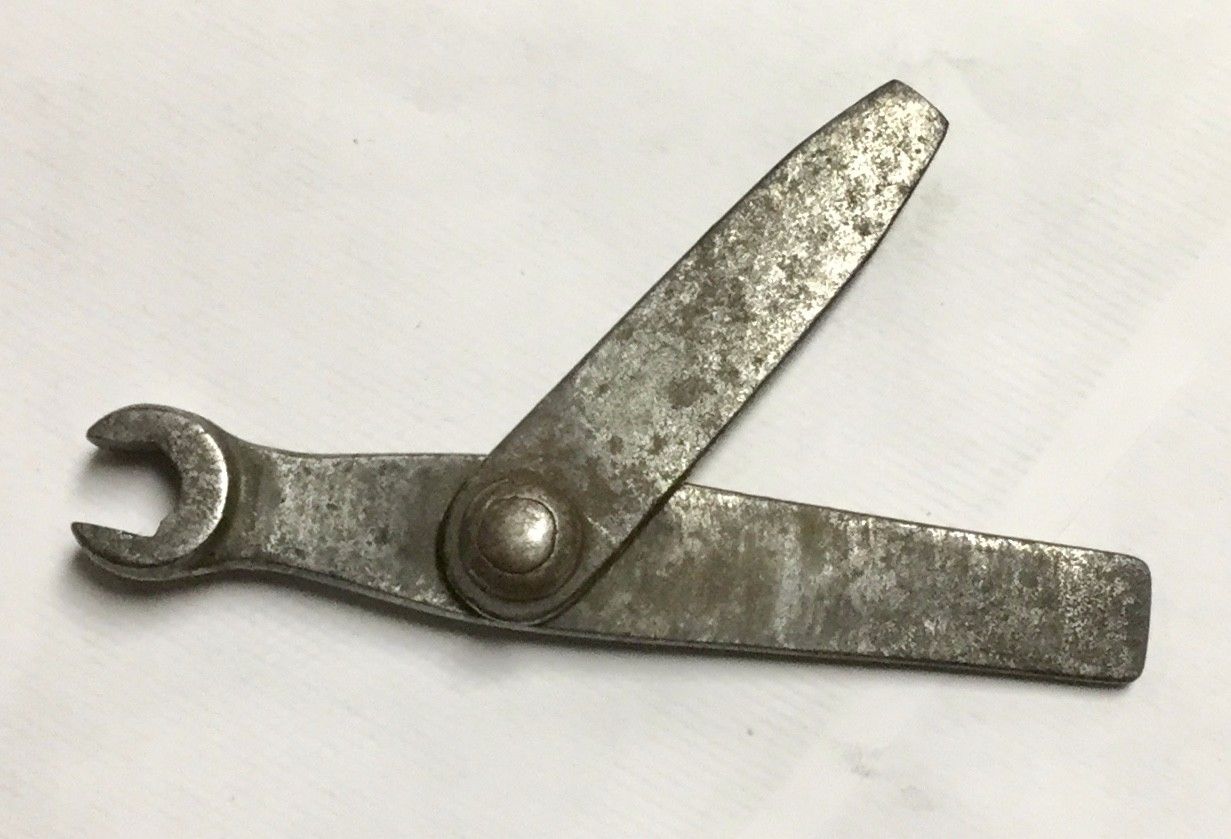I might be misunderstanding you here, but I think you have some confusion about 19th century weapons.
The Model 1853 Enfield (which is one of the muskets I actually own) is what is commonly referred to as a “rifle-musket”. This may seem like a contradiction of terms, since a rifle has a rifled barrel and a musket usually has a smooth barrel, but the term refers to a very specific class of weapons that were used from about 1850 until the end of the U.S. Civil War.
A rifle-musket is generally a weapon that is otherwise identical to a musket, except that it’s barrel was rifled. In U.S. muskets, the change from smooth bore to rifle started with the Model 1842, which was also the change from flintlock to caplock. All 1842 muskets were produced with smooth bores, but they were intentionally made with barrels that were thicker than necessary under the assumption that they would end up getting rifled later. Many of them did end up getting rifled. Those that were rifled were called rifle-muskets. Starting with the Model 1855, all U.S. muskets were rifled when they were produced.
When you make a rifle, the rifling makes it more accurate, so it doesn’t need to be as long as a musket. But militaries were still firing by ranks, and when you fire by ranks, having your rifle as long as a musket helps to make sure that the guys in the back ranks can’t accidentally shoot the guys in the front ranks in the back of the head. So rifles were made in musket length, and were called rifle-muskets, or they were made in shorter lengths, which were just called rifles.
The Model 1853 Enfield, which was used by the British (and whose rounds were at least partially responsible for the Sepoy Mutiny, even though they didn’t actually contain pig fat as was claimed) was a rifle-musket. It was not a cartridge rifle. Design-wise, it wasn’t all that much different than the Model 1861 Springfield. The 1861 Springfield was the most widely used rifle-musket in the Civil War. The British 1853 Enfield was imported by both the North and the South, and was the second most widely used rifle-musket of the Civil War.
I happen to own a Model 1853 Enfield. I chose it over the Springfield because the Enfield has better sights, using a fancier ladder sight with 100 yard increments compared to the Springfield’s flip up sights for 100, 300, and 500 yards only. The Enfield’s sights also go out to 900 yards, though realistically if you manage to hit anything past 600 yards it’s going to be mostly a matter of luck.
Rifle-muskets were all musket length, and all had a spear-type bayonet since they expected them to be used similarly to smooth bore muskets, just with slightly better accuracy. Bayonet fighting had been hugely important in previous wars, accounting for roughly a third of all battlefield casualties in the Napoleonic Wars and in the U.S. Revolutionary War. The greater accuracy of the rifle-musket and changes in battlefield tactics reduced bayonet casualties to less than 1 percent of battlefield casualties, and after the Civil War, they ditched the spear-type bayonets in favor of knife style bayonets that were primarily camp knives that could be used as bayonets in a last-ditch emergency type situation.
The 1853 Enfield and the 1855 (and later) Springfields all fired Minie Balls. Both the Enfield and the Springfields were .58 caliber.
Since many of the Model 1842 muskets were rifled, many U.S. soldiers were issued Springfield rifle-muskets before the soldiers in India were issued Enfield rifle-muskets.

